Hello, fellow container home enthusiasts! It’s Emily Owens here, your trusty guide through the fascinating world of container homes. Over the past four years, we’ve seen the container home trend grow from a quirky DIY project into a full-blown architectural phenomenon. As the world evolves, so do our tastes and preferences, and today, I’m excited to dive into the ever-changing landscape of international container homes.
When we first embarked on this journey together, container homes were primarily celebrated for their eco-friendliness, affordability, and versatility. While these qualities still hold true, the container home movement has taken on a life of its own, incorporating unique design elements, innovative materials, and cultural influences from around the globe.
Architectural Diversity: Breaking the Box
One of the most exciting trends in the world of container homes is the growing emphasis on architectural diversity. Container homes are no longer confined to the “boxy” stereotype; instead, architects are pushing the boundaries of design to create visually stunning, one-of-a-kind structures.
In New York City, for instance, you’ll find a cluster of container homes stacked like Tetris blocks, forming a vibrant, modern community. Each container is painted in bold, contrasting colors, creating a playful and artistic vibe.
Over in London, architects have ingeniously integrated containers into existing historic buildings, creating a unique fusion of old and new. These container infusions breathe new life into forgotten spaces, preserving the city’s history while embracing the future.
Sustainability at the Core
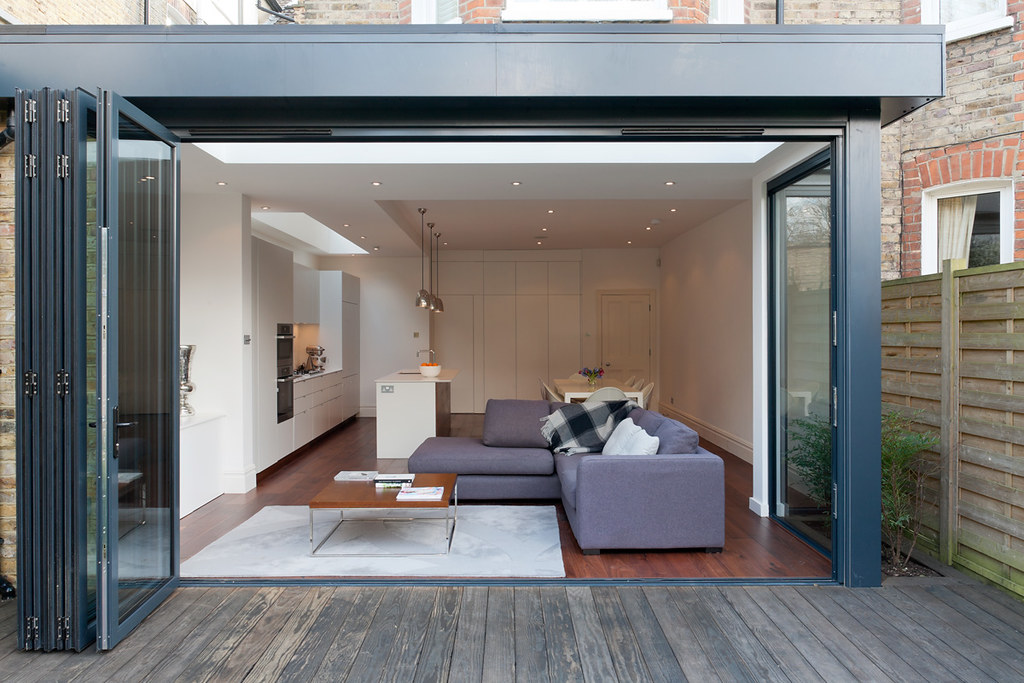
Sustainability has always been a cornerstone of container home construction, and it continues to be a driving force behind this movement. However, the definition of sustainability has evolved beyond energy-efficient designs and recycled materials.
In Australia, where the harsh climate poses unique challenges, container homes are being built with innovative cooling and insulation systems. Some even feature rooftop gardens that help reduce the urban heat island effect. These homes not only reduce their environmental impact but also enhance the quality of life for their residents.
Cultural Influences: A Global Palette
One of the most exciting aspects of the container home trend is its ability to draw inspiration from cultures around the world. As container homes become more widespread, they adapt to local aesthetics and traditions, resulting in a rich tapestry of designs.
In Southeast Asia, container homes incorporate traditional materials like bamboo and thatched roofs, blending seamlessly with the lush tropical landscapes. These homes exemplify a harmonious fusion of modern design and age-old traditions.
On the opposite side of the globe, in Scandinavia, container homes are known for their minimalist, functional interiors. They embody the Nordic design ethos of simplicity, functionality, and sustainability, making them a hit among minimalists and eco-conscious individuals.
Luxury Living: Container Chic
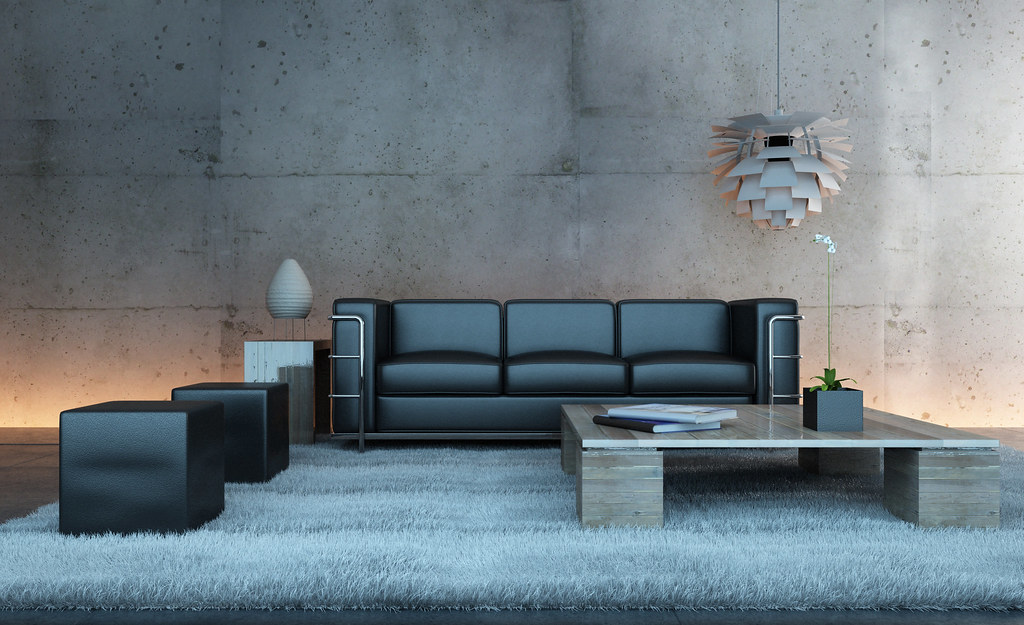
Who would’ve thought that the humble shipping container would become synonymous with luxury living? Well, it has, and it’s taking the world by storm.
In Dubai, you can find container homes that rival the grandeur of five-star hotels. These lavish container villas boast private pools, rooftop terraces, and panoramic views of the city’s skyline. They redefine opulence and serve as a testament to the limitless possibilities of container architecture.
The Tiny House Movement and Container Homes: A Perfect Match
Container homes and the tiny house movement share a common ethos: the desire for a simpler, more sustainable way of living. It’s no surprise that these two trends often intersect, creating small but stylish living spaces.
In the United States, tiny container homes are popping up in urban areas, offering an affordable housing solution that doesn’t compromise on style or functionality. These pint-sized abodes are perfect for those seeking a minimalist lifestyle without sacrificing the benefits of urban living.
The DIY Spirit: Container Homes for All
Despite the rise of luxury container homes and high-end designs, the DIY spirit that initially fueled this movement remains strong. Container homes are still accessible to those willing to roll up their sleeves and get creative.
In New Zealand, for example, a couple turned a simple 40-foot shipping container into a cozy off-grid cabin. With a can-do attitude, a modest budget, and a touch of ingenuity, they transformed their container into a rustic retreat surrounded by nature.
A Sustainable Future with Container Homes
As we’ve explored the evolving trends and preferences in international container homes, it’s clear that this movement is here to stay. From architectural diversity to cultural influences and luxury living, container homes continue to push boundaries and redefine modern living.
The sustainability factor remains at the core of container home construction, reminding us that we can live comfortably while minimizing our environmental impact. Container homes offer a versatile solution for housing needs, whether you’re looking for a minimalist lifestyle, a luxurious retreat, or a sustainable urban dwelling.
So, whether you’re a dedicated container home enthusiast or just someone curious about this growing trend, I invite you to keep an eye on the ever-evolving world of international container homes. Who knows what incredible designs and innovations await us in the years to come? One thing’s for sure: with container homes, the possibilities are endless, and the adventure is just beginning.











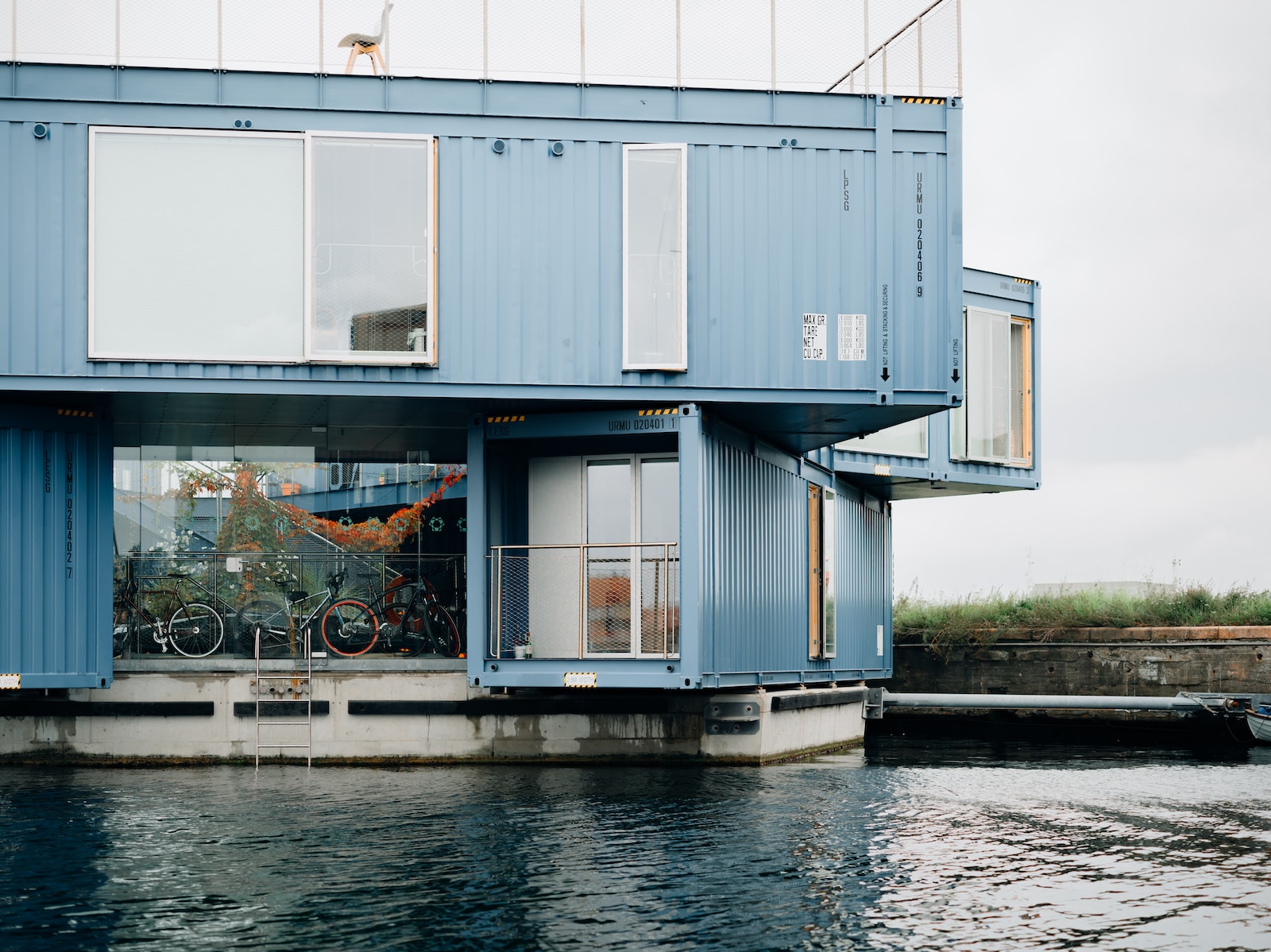
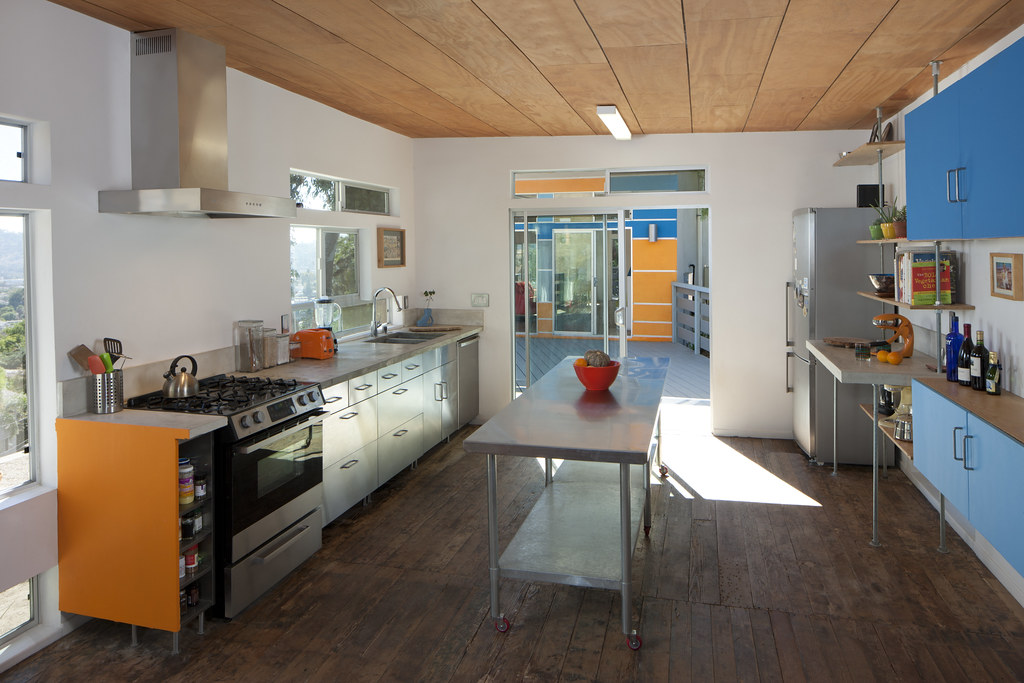





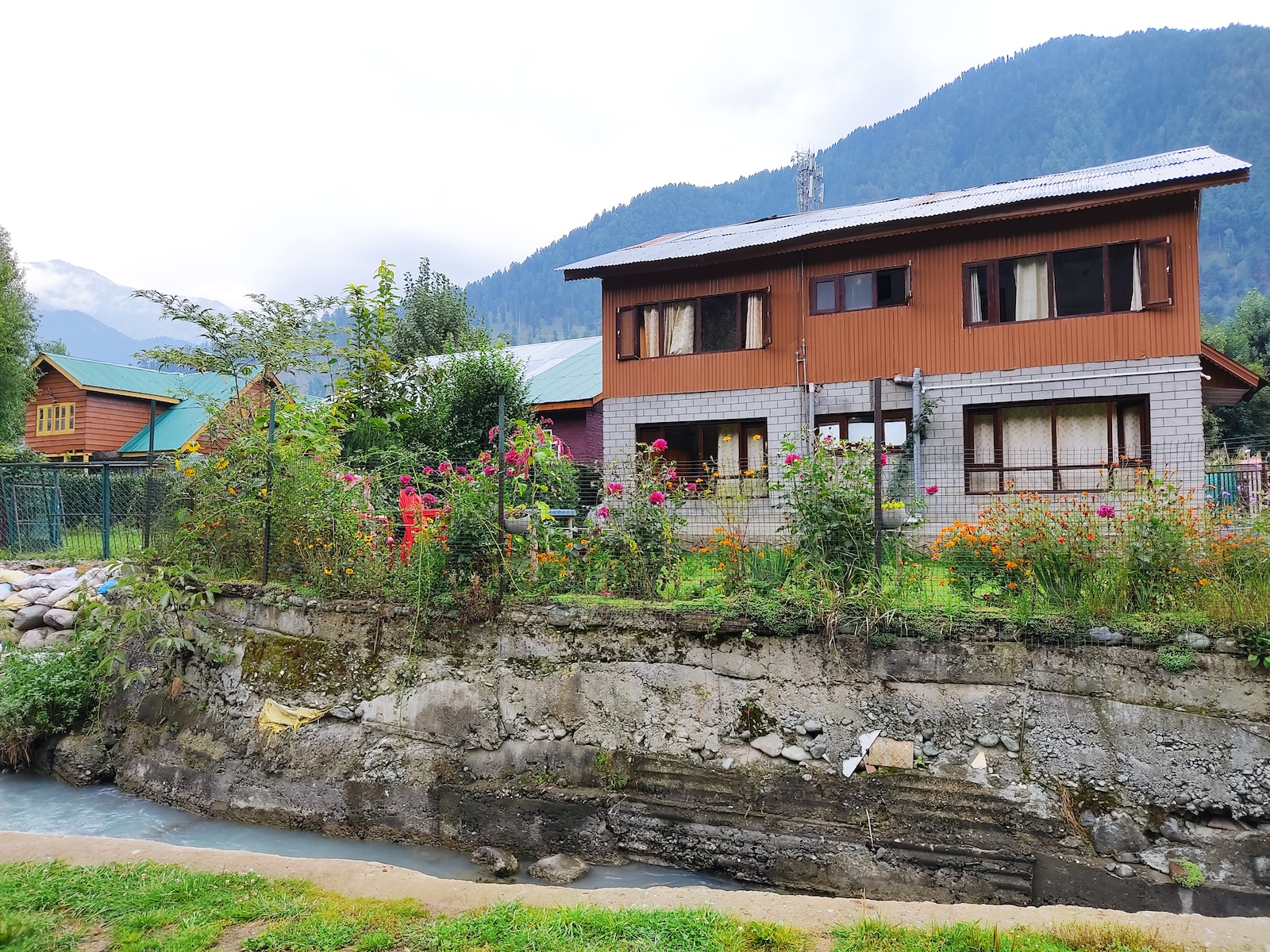
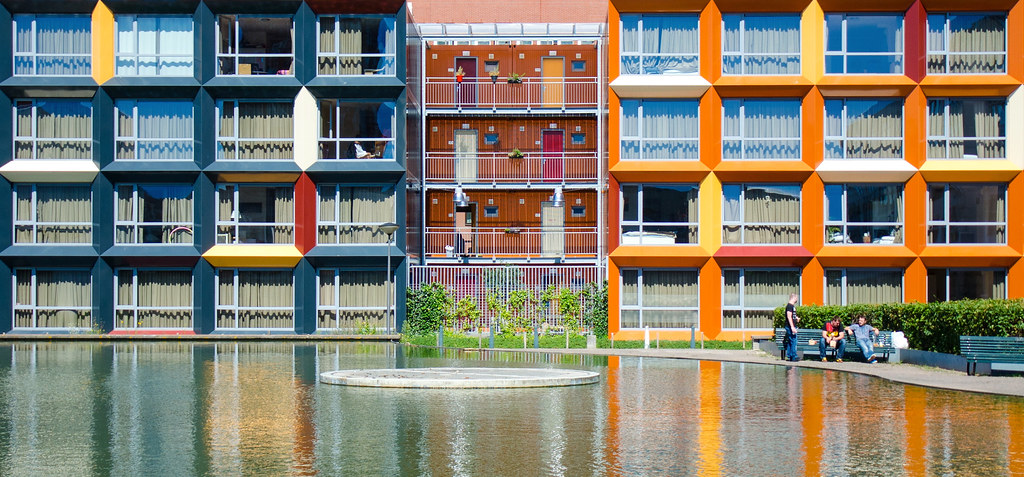
Find Us on Socials